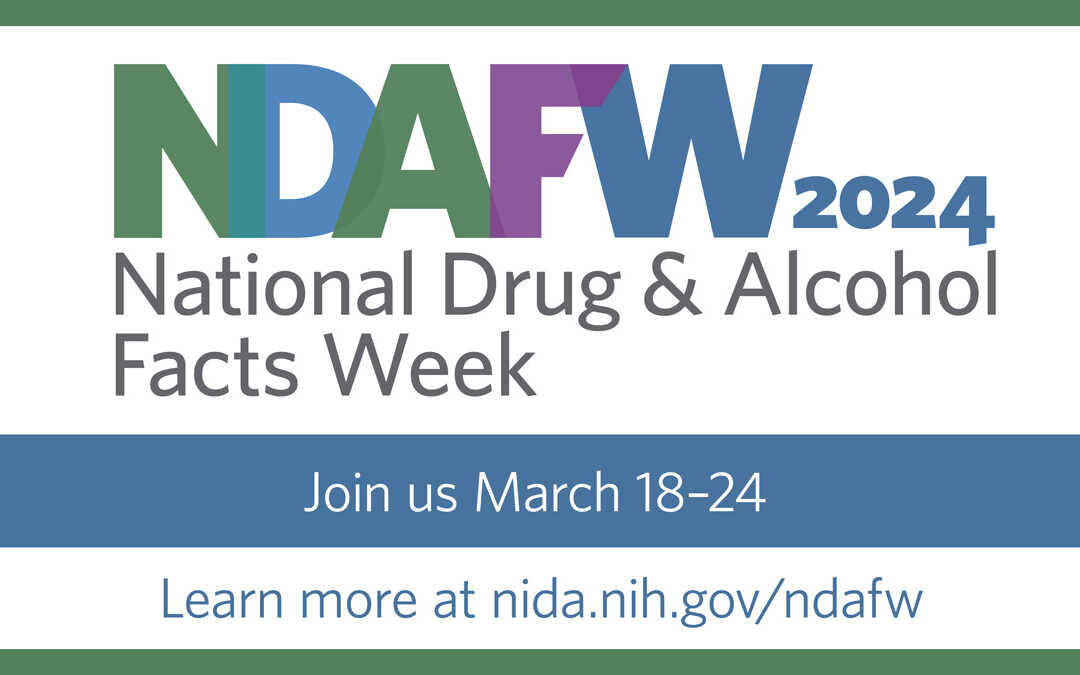Facts are important, especially when it comes to making decisions that could mean the difference between life and death, wellness and potentially chronic struggles with addiction and mental health issues, or safety in workplaces and on the roads versus choices that can put communities at risk.
National Drug and Alcohol Facts Week, which runs from March 18 – 24, is a chance to have an important conversation about the science of alcohol and drug use—how it affects the brain and body, and how it may lead to addiction. By communicating the long-term, harmful effects on the brain of using alcohol and drugs, NIDA seeks to educate all of us about the importance of prevention.
Here are just some facts that begin to tell the story of how drug and alcohol use and abuse is impacting everyone’s lives.
Did you know?
- Half of people 12 and older have used illicit drugs at least once, according to drugabusestatistics.org.
- Drug overdose deaths in the US since 2000 are nearing one (1) million.
- According to the most recent data from the Substance Abuse and Mental Health Services Administration (SAMHSA), in 2022, 70.3 million people aged 12 or older used illicit drugs in the past year.
- Marijuana is the most used illicit drug. Nearly a quarter of people aged 12 or older used marijuana in 2022.
- Nearly 50 million people in the United States are struggling with a substance use disorder, and about 29.5 million of those have an alcohol use disorder.
- Last year’s, The Quest Drug Testing Index (DTI) revealed some alarming trends regarding the link between workplace accidents and testing positivity for substances:
“Over the last five years, in the general workforce, non-federally mandated, urine testing, overall post-accident positivity increased 22.6% (8.4% in 2018 versus 10.3% in 2022). Specifically, post-accident positivity as compared to pre-employment tests in urine specimens testing for marijuana and cocaine in the general U.S. workforce was higher by 58.7% and 230%, respectively.” - Marijuana use by workers appears to be driving the significant increase in post-accident positive results. In recent years, marijuana post-accident positives have increased 204.2%.
These statistics, give us all something to think about and while NIDA created NDAFW with the mission of increasing awareness among our youth, especially, this weeklong campaign also provides an opportunity to bring together scientists, students, educators, healthcare providers and community partners to address drug and alcohol use in communities nationwide.
Be sure to mark your calendars as we invite all to participate in National Drugs and Alcohol Facts Week. In the meantime, consider taking or encouraging others to take the National Drug & Alcohol IQ Challenge to see how much you know and probably learn something new along the way!

